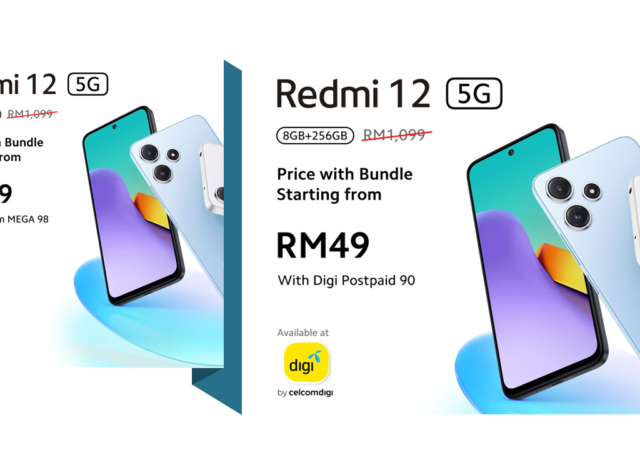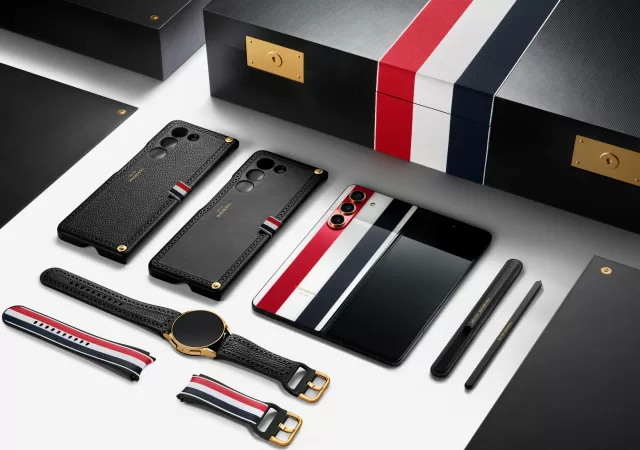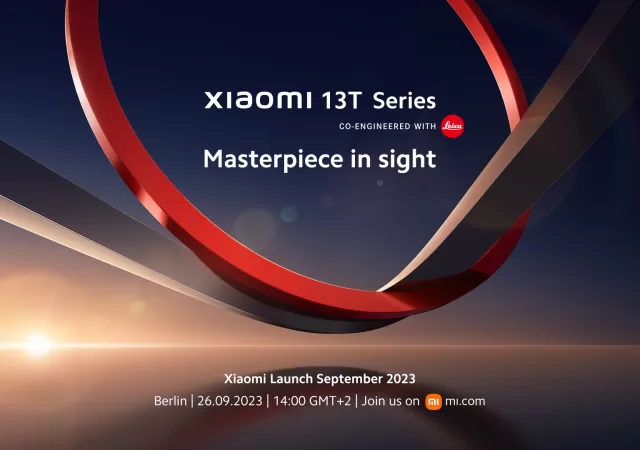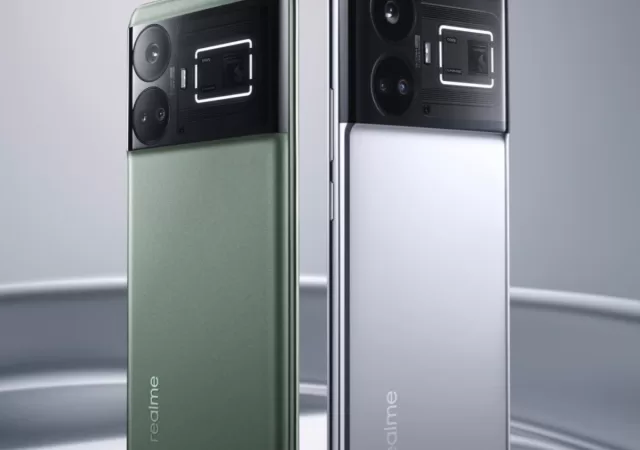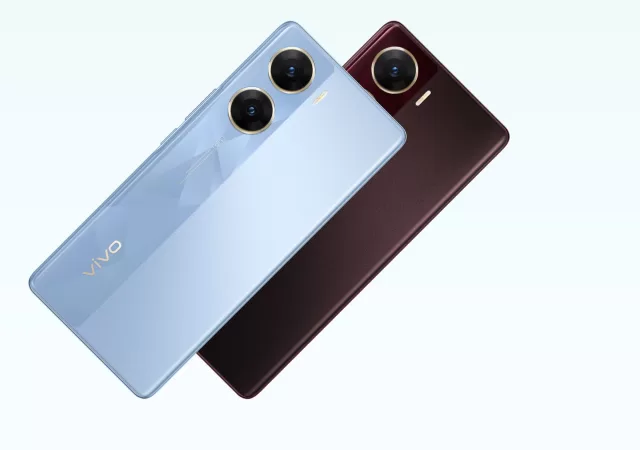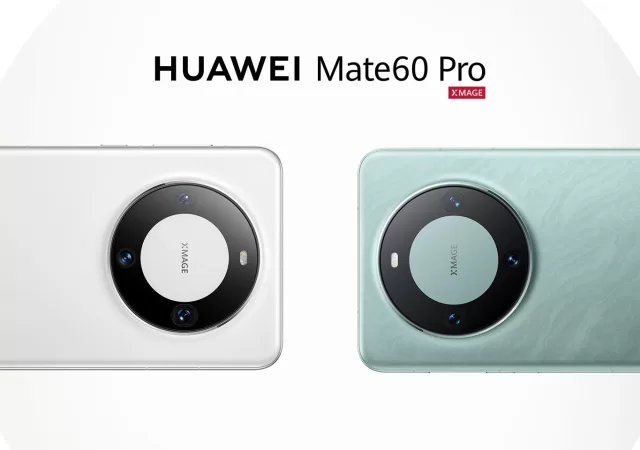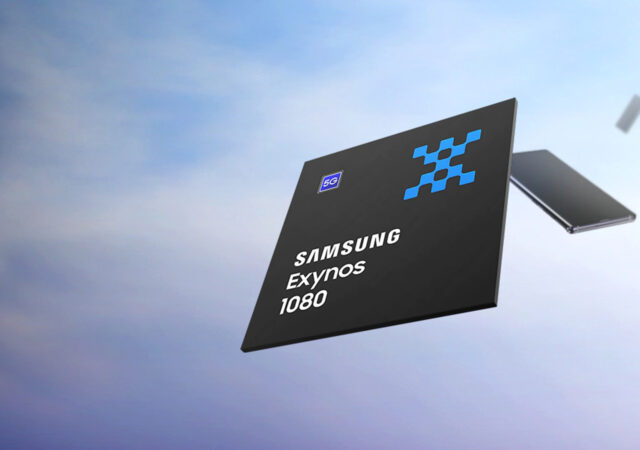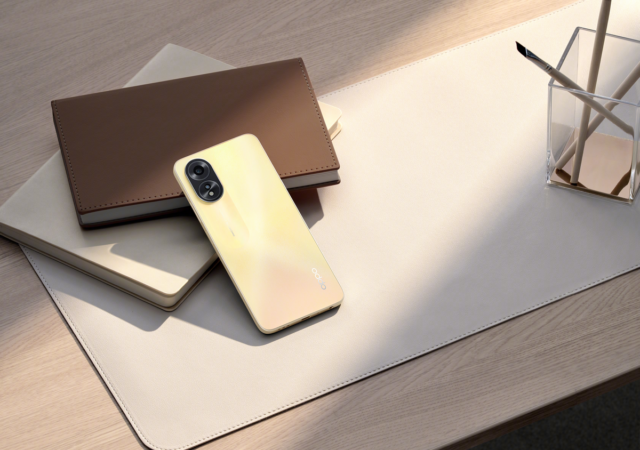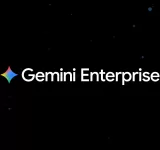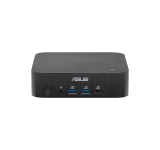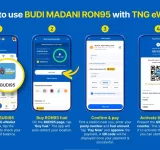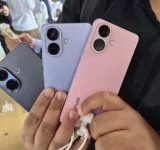Huawei silently announces the Mate X5, a new entry into the Mate series complete with 5G connectivity and satellite messaging.
You Can Soon Text People Not on WhatsApp Via WhatsApp in the Future
WhatsApp is testing their third-party chat feature, you can soon chat with others on other apps just via WhatsApp.
Xiaomi Redmi 12 5G Officially Available in Malaysia From CelcomDigi for As Low As MYR49
The Xiaomi Redmi 12 5G is now available in Malaysia through an exclusive partnership with CelcomDigi for as low as MYR49.
Samsung & Thom Browne Elevate Fashion-Tech Fusion with Galaxy Z Fold5 &Watch6 Limited Editions
Samsung collaborates with Thom Browne in another tech-fashion mash up coming to the premium Galaxy Fold5 and Galaxy Watch6.
Xiaomi 13T & Xiaomi 13T Pro Set for Debut on 26 September 2023
Xiaomi is gearing up to launch the Xiaomi 13T and 13T Pro smartphones in September, with a potential Leica logo and software variation by region.
Realme GT 5 available now in China
In the ever-competitive scene of high-performance smartphones, Realme is stamping its mark with the GT 5 series, promising to redefine the limits of mobile performance. Power-packed performance The heart of the Realme GT 5 series is the Qualcomm Snapdragon 8…
vivo V29e announced in India
vivo announces its latest mid-range entry, the vivo V29e to be available in India starting 7th September 2023. A decent mid-range entry for vivo The device comes with all the expected features of a modern mid-range device. It is powered…
Huawei Silently Reveals the HUAWEI Mate60 Series Complete with HarmonyOS and 5G
Huawei silently unveils the HUAWEI Mate60 and Mate60 Pro in China and reports indicate that the Harmony OS touting smartphone has 5G connectivity.
Samsung’s Upcoming Mid-Range Galaxy Phones to Get a Boost from AMD RDNA-based Graphics
Samsung’s midrange devices are about to get a huge boost in performance if rumours of AMD’s RDNA technology being incorporated into Exynos are true.
OPPO A38 Brings SUPERVOOC Charging & 50-megapixel Camera for less then MYR600
OPPO introduces the OPPO A38 to round up its entry level offerings with a smartphone that costs less than MYR600.





